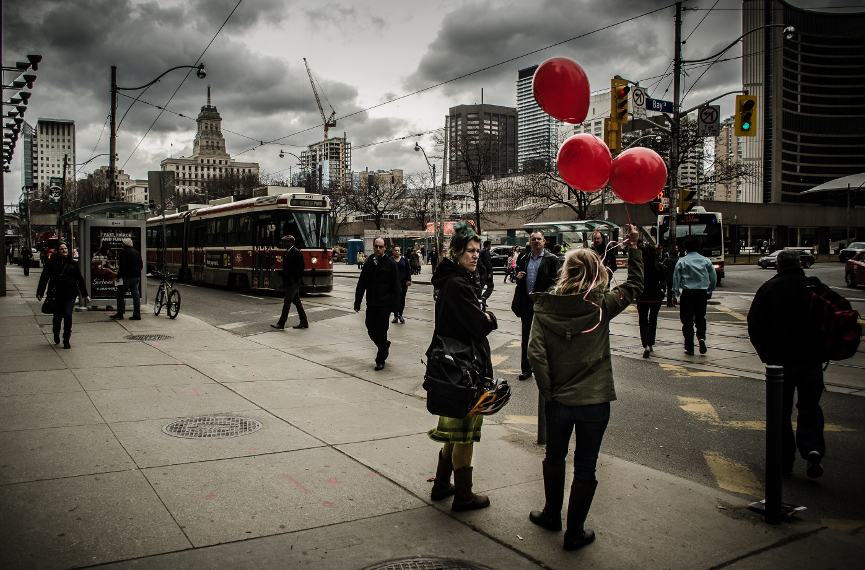More About Framing Streets
More About Framing Streets
Blog Article
The smart Trick of Framing Streets That Nobody is Talking About
Table of ContentsHow Framing Streets can Save You Time, Stress, and Money.The Greatest Guide To Framing StreetsSome Known Details About Framing Streets Framing Streets Can Be Fun For Everyone

Both at the Museum of Modern Art (Mo, MA). Influenced by Frank, in the 1960s Garry Winogrand, Lee Friedlander and Joel Meyerowitz began photographing on the streets of New york city. Phil Coomes, composing for BBC Information in 2013, said "For those of us interested in street digital photography there are a few names that attract attention and among those is Garry Winogrand"; movie critic Sean O'Hagan, creating in in 2014, stated "In the 1960s and 70s, he defined road digital photography as a perspective as well as a style and it has laboured in his darkness ever considering that, so conclusive are his photos of New York." Going back to the UK in 1965 from the United States where he had satisfied Winogrand and embraced road digital photography, Tony Ray-Jones transformed a wry eye on commonly surreal groups of British individuals on their vacations or joining festivals.
Street photography is a vast genre that can be defined in several methods, however it is often characterized by the spontaneous catching of an unrepeatable, short lived minute, usually of the daily going-ons of strangers. It is typically shot with bigger angle lenses (e. g. 35mm) and typically includes city environments.
The Facts About Framing Streets Uncovered
Documentary professional photographers typically have a defined, premeditated message and an objective to record particular events in history (http://go.bubbl.us/de6c3c/6f37?/Framing-Streets). The gamut of the documentary approach incorporates facets of journalism, art, education, sociology and history. In social examination, docudrama photos are commonly planned to prompt, or to highlight the demand for, societal change
Street photography is normally viewed as unposed and honest, but there are a few road digital photographers who engage with complete strangers on the streets and take their portraits. Street portraits are unexpected portraits taken of complete strangers while out doing street photography, nonetheless they are viewed as posed due to the fact that there is interaction with the topic.
e. 'honest digital photography' necessarily) for art objectives has been debatable. Photographing individuals and areas in public is legal in many countries shielding civil liberty and journalistic liberty. There are typically limitations on just how pictures of individuals may be utilized and most nations have specific regulations pertaining to people's personal privacy.
The Main Principles Of Framing Streets
While the common-law districts adhere to the UK, relative to the liberty to take pictures in a public place, Quebec law provides that, in most circumstances, their magazine can take place only with the consent of the subjects therein. The European Union's Civil rights Act 1998, which all EU countries have to promote in their residential legislation, develops in a right to privacy. Of freedom of expression. While also restricting photography in order to shield privacy civil liberties, road digital photography can still be legal in France when gone after more helpful hints as an art kind under certain conditions.

. that simply wandered right into a scene), or that are not also identifiable in the image. https://allmyfaves.com/framingstreets1?tab=Framing%20Streets. It likewise does not normally encompass individuals that are somebodies (e. g - sony a7iv. politicians or celebs). If an image is thought about art, the courts will certainly also think about the photographer's flexibility of imaginative expression; meaning that "artistic" street digital photography can still be legitimately published in specific cases
See This Report on Framing Streets
In Greece the right to take photographs and release them or sell licensing rights over them as fine art or editorial content is protected by the Constitution of Greece (Short article 14 and various other write-ups) and free speech legislations as well as by situation law and lawful situations. Photographing the authorities and publishing the photos is additionally legal.
In Hungary, from 15 March 2014 anybody taking pictures is technically damaging the law if somebody wanders right into shot, under a new civil code that outlaws taking pictures without the permission of everybody in the photo - Street photography hashtags. This broadens the regulation on approval to include the taking of photos, in addition to their publication
'Covert photography' (kakushidori hidden, surreptitious digital photography) 'stolen digital photography' (nusumitori with no purpose of obtaining approval) and "rapid photography' (hayayori prior to authorization and refusal can be given) are restricted unless in the former permission is gotten from the subject instantly after taking the photo. Individuals have civil liberties to their photos (shzken, droit de photo).
Report this page